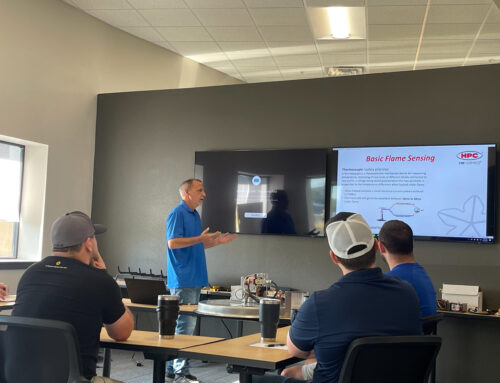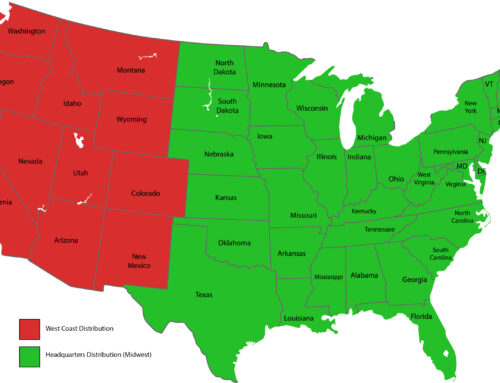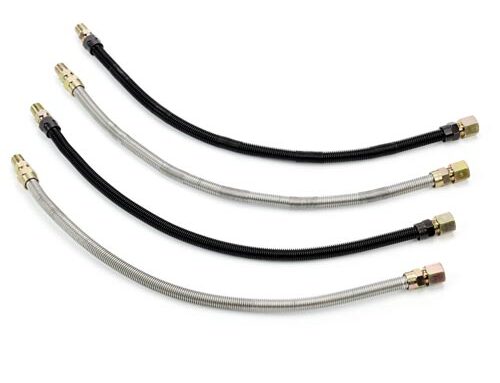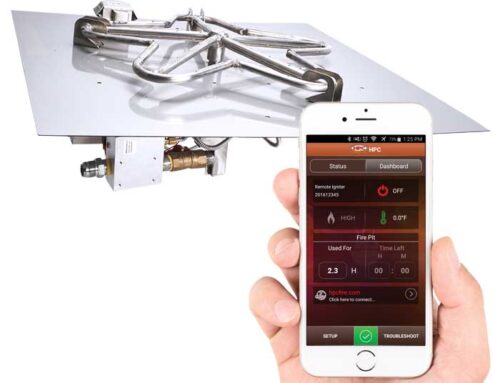HPC Fire Inspired specializes in curating safe reliable fire designs built to withstand the test of time. HPC’s design team takes special care to incorporate safety features that streamline the installation process for our consumers. In this Tech Talk, our team would like to review the importance of ventilation openings, safety requirements and how HPC incorporates vents within a variety of designs.
Top 4 Reasons For Ventilation:
Proper ventilation is key to safe operation and extending the longevity of your fire design.
- Venting provides space for potential trace gasses to be released from the enclosure. Whether your appliance utilizes natural gas (NG) or liquid propane (LP), there will be some residual or trace gas. Without proper ventilation gas can accumulate within the enclosure causing a potential safety issue.
- Proper venting allows excess heat to be released from the enclosure. In the case of HPC’s electronic fire pits, there is a thermal shut-off switch inside protecting the unit from overheating.
- Proper venting ensures fresh air flow for the pilot and burner creating combustion for ignition. For LP, venting provides clean air for the air mixer yielding a cleaner burn.
- Lastly, venting allows any residual condensation and moisture within the enclosure to evaporate.
Ventilation Safety Requirements
An HPC fire pit insert requires a planned permanent installation; involving hard piped gas line, and potentially an electric or GFCI outlet run into the enclosure. An enclosure can be built to match or blend with your outdoor area. It can be created from stone block, brick, poured concrete, or several other non-combustible materials.
HPC recommends the following min/max ventilation openings:
- 200k BTU: A minimum of (2) openings at least 18in², installed 180° apart are required, however, HPC recommends (4) openings
- 200-400k BTU: A minimum of (2) openings at least 18in², installed 180° apart are required; however, HPC recommends (4) openings
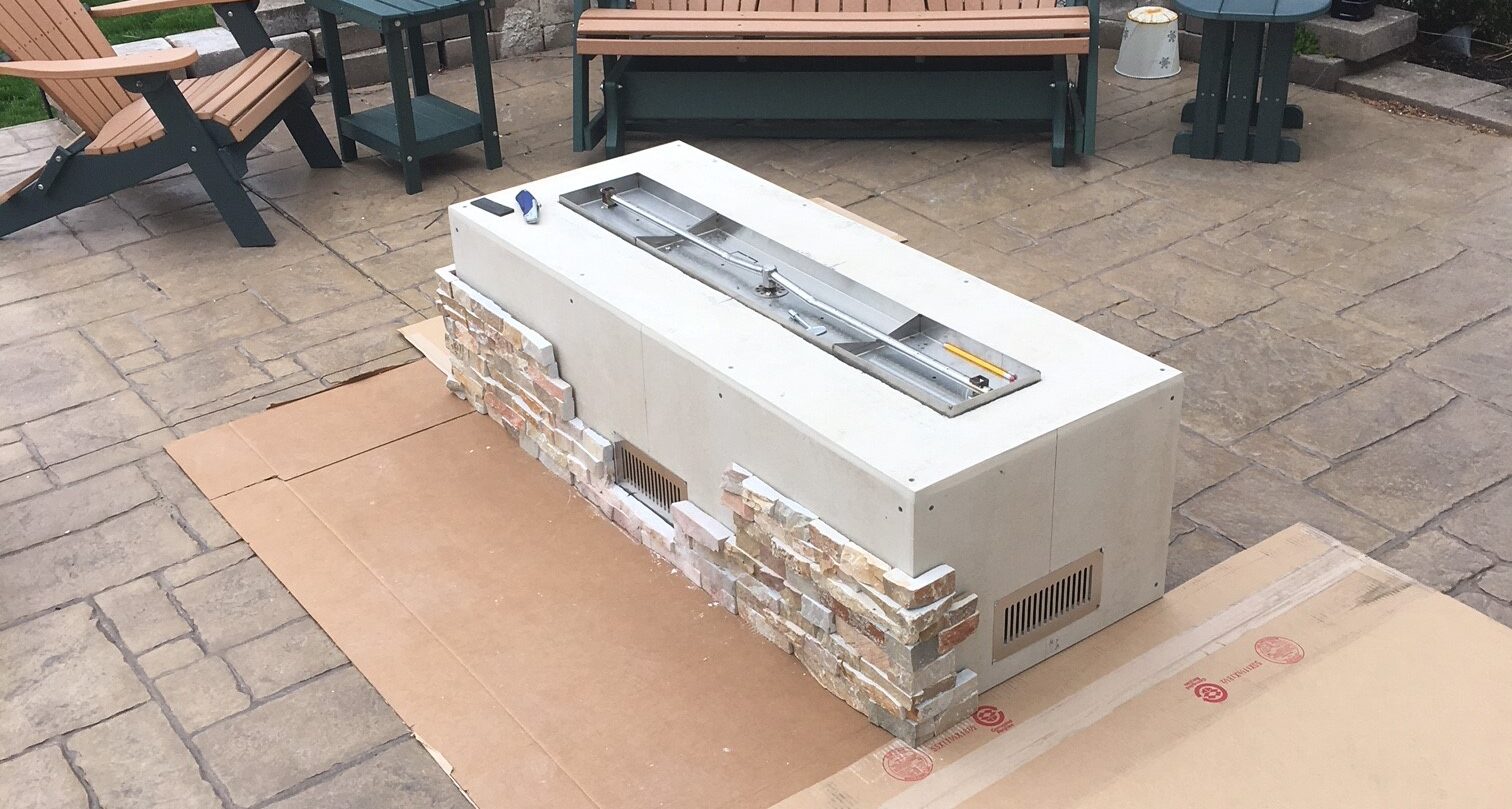
Building An Enclosure
When consulting with the installers, be sure to factor in the need for proper clearances as well as ventilation and drainage. By planning these critical steps and accounting for combustibles upfront, it gives owners more options to naturally incorporate proper drainage and ventilation into the design. HPC recommends positioning venting low at grade level if possible. This keeps venting out of sight lines and offers efficiency. To minimize visibility, another strategy to consider is utilizing elongated the venting openings. If your appliance will be installed on decking, HPC offers a Deck installation kit that makes installation a seamless process. Be sure to refer to HPC’s installation instructions as well as take the time to confer with your local code and regulations.
HPC offers a vast variety of units with built in ventilation making installation easier. From our Ready to finish units to our Copper Bowl series and Phoenix Trough; each design is vented and is ready to be incorporated in existing or new landscaping and hardscaping. The venting is positioned strategically low and out of sight. Upon integrating the designs into your space, it is imperative to ensure that the venting is not blocked. Be sure to follow HPC’s installation guidelines. Need assistance? Refer to HPC Fire’s One APP under HITS; HITS offers trouble shooting solutions and provides step by step instructions for proper installation.
Check out Chuck Parson, HPC’s Training and Educational Manager Highlighting some of HPC’s Products with built in ventilation https://youtu.be/fDG4hyM6wJg. This thoughtful design offers benefits to consumers as it streamlines installation and creates proper venting that is both aesthetically pleasing and functional.
Partner with HPC to help bring your dreams to reality. Have any questions or concerns, contact Chuck Parsons and our NFI Certified Tech Team at
937-436-9800. HPC is always striving to raise the standards for the industry by breaking trends. While trends fade, HPC’s impact lasts forever.

